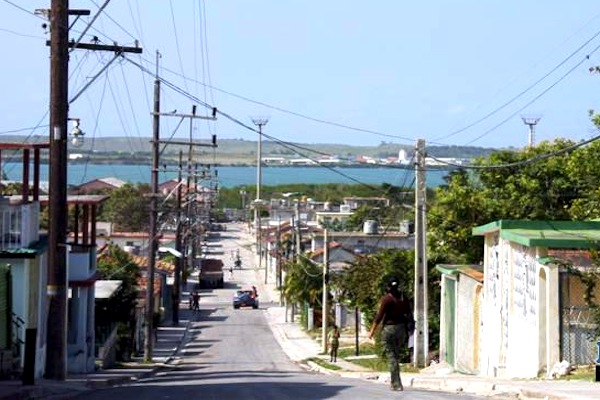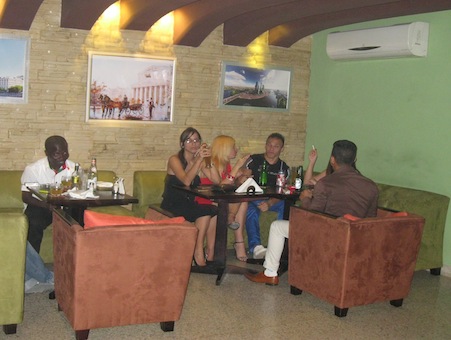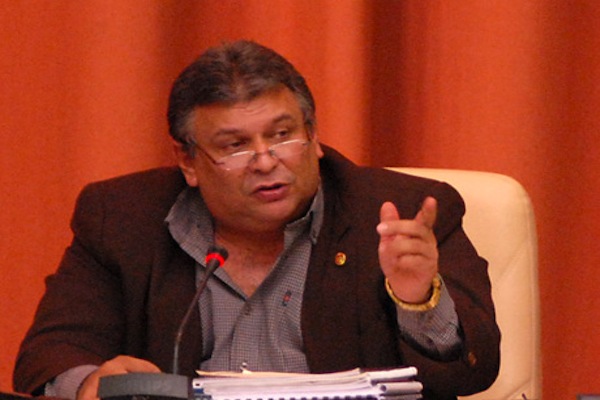 HAVANA, Cuba, 10 September 2103, Polina Martinez Shvietsova, www.cubanet.org –If you sell tenderloin or minute steak from your doorway, Caution! You could put yourself behind bars. Before 1959 it wasn’t like this. The country possessed a livestock of around six million head of cattle, the same number as the Cuban population, there was one cow per person. Cuba was a great producer of sugar cane, which, among other benefits, represented the feed base for our livestock in the Republic. continue reading
HAVANA, Cuba, 10 September 2103, Polina Martinez Shvietsova, www.cubanet.org –If you sell tenderloin or minute steak from your doorway, Caution! You could put yourself behind bars. Before 1959 it wasn’t like this. The country possessed a livestock of around six million head of cattle, the same number as the Cuban population, there was one cow per person. Cuba was a great producer of sugar cane, which, among other benefits, represented the feed base for our livestock in the Republic. continue reading
The products derived from this bovine multitude were for the daily consumption of the people. Beef was not lacking in the butcher’s shops, plazas and stores on sale for different prices. If a rich man ate fillet steak, the poor skirt steak — from there came la Ropa Vieja — beef was attainable for any pocketbook. A portion of this meat was destined for export and industries of processing and preserving. Also the skin of cattle was used in the making of shoes such as the well-known brands “Ingelmo” and “Amadeo.”
In the early sixties, the nationalizing interventions took place in Cuba. The hardest hit businesses were the American owned, including the livestock businesses in the east of the country. Then the humble man of the countryside was integrated into the defense “of the country.” Thus abandoning the agricultural work and development of livestock herds.
Some peasants continued cultivating and trying to survive, despite the nationalizations of small farmers, because the “benevolent revolutionary state” had given, and then taken away, some twenty caballerías (a Cuban land measure) were expropriated from the great landowners and their proprietors by inheritance.
The peasants of the Escambray — in the east — were forcibly removed from their lands and exiled to new urban communities in the distant province of Pinar del Rio in the far west. They formed the Centers for Agricultural and Livestock Teaching and Polytechnic Institutes. They organized large dairies, such as that of Jimaguayu, in the province of Camaguey, and “El Valle de Picadura” in Matanzas. But everything was slowly abandoned to inertia and official disinterest, until it was left in ruins.
In centers for bovine development, feed for the livestock came, by and large, from Soviet subsidies. Our darling cows were fed with grains like peas, sorghum, corn and some agricultural by products from sugar cane. Nevertheless, after the abundance and excessive squandering suddenly appeared diversion and robbery of resources.
Nearly twenty years after the end of Soviet subsidies, the lack of beef for the populace remains as dramatic as in the old times of “economic bonanza.” Only a few Cubans are able to perform balancing acts and taste it even once a year. Even in the large markets which sell in CUC, the lack of beef and its derivatives is notable. For the greater part of half a century, steak has been a prohibited dream for the humble person in Cuba.
From Cubanet
10 September 2013






